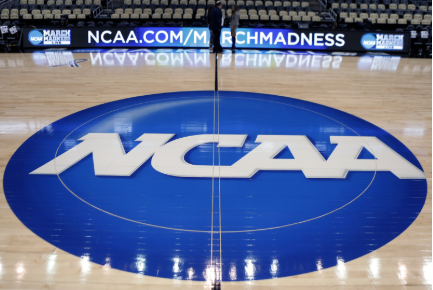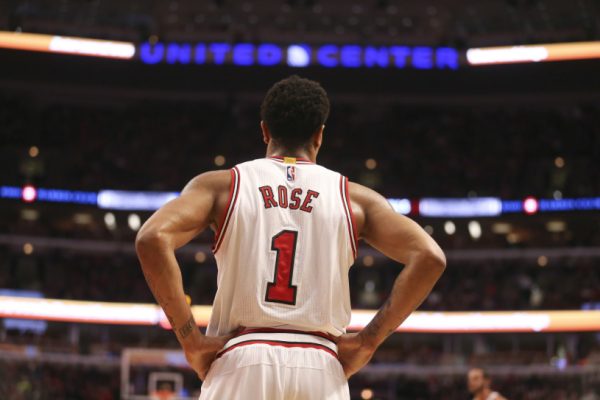The complicated history of Black quarterbacks in the N.F.L.
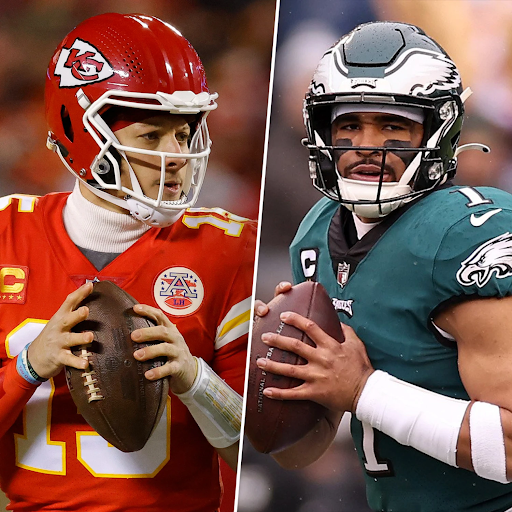
Feature image via Getty Images
It was football’s biggest night, for more than one reason: for the first time in Super Bowl history, two Black quarterbacks would face off for the ultimate championship. Patrick Mahomes of the Kansas City Chiefs and Jalen Hurts of the Philadelphia Eagles were part of a milestone event for the most watched American sport. However, the National Football League (N.F.L.) has had a complicated relationship with its players of color for decades, especially those seeking to play quarterback.
The position of quarterback doubles as a leadership role, and many of the athletes end up being the face of their team. They are frequently the highest paid and most glamorous players, often receiving the largest amount of public recognition. For example, of the five most followed Instagram players in the N.F.L., three are quarterbacks, and Josh Allen, quarterback for the Buffalo Bills, currently has the highest selling jersey in the league.
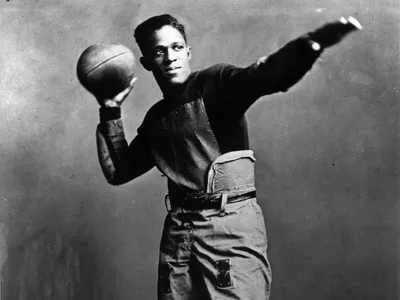
Black people have a complicated history with football, even though today the league is more than 50% Black. In the early 20th century, many Black players often excelled in their segregated high school teams but would be overlooked for draft picks in the N.F.L. The first Black player in the N.F.L. was Fritz Pollard in 1920, but he was the only Black player for over 20 years until the reintegration of the league in 1946.
The fight for quarterback has been even more fraught. Throughout the history of the N.F.L, there has been a repeated pattern of Black quarterback’s careers being cut short by the belief that they would be better as defensive players. There also lingered the racist assumption among team owners and coaches that Black players were not as smart and could not understand the technical part of the position as well as their white counterparts.
For decades, Black players were discouraged from pursuing the position. Jimmy Raye was accepted into Michigan State in 1964, and despite the coach’s initial reluctance, he fought to become his college team’s quarterback. He was drafted by the Los Angeles Rams in 1968, but was immediately told he needed to play defensive back, a position he had no prior experience with. Raye ended up playing only two games in the N.F.L.
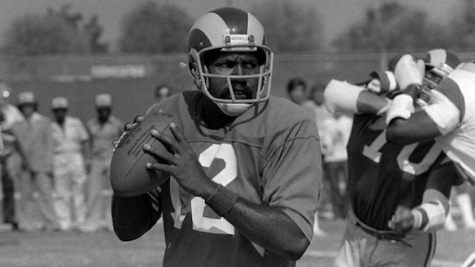
Shack Harris was all too aware of this reality. He kept tabs on fellow Black quarterbacks and watched as their careers were stunted, either forced to play positions they were not accustomed to or walking away from the sport entirely. He was not drafted until the 8th round in 1968 after he made it clear that he would not switch positions, which almost led him to quit the sport.
Harris stayed to create more opportunities for Black quarterbacks in the future, but still struggled for the remainder of his career. He reportedly felt immense pressure as the only Black starting quarterback, and team owners and fans made it clear that they did not want an African American as the face of the league.
Mahomes and Hurts faced similar discouragement before they got to where they are today. Mahomes was encouraged to focus on baseball, of which his father was a former professional, and before being drafted, Hurts was asked if he would consider switching positions.
Mahomes took a moment to acknowledge the significance of the moment at a press conference prior to the Super Bowl: “The people that came before me, not just Shack Harris and Doug Williams, but the quarterbacks that battled and didn’t get their chances, they set the platform for me.” Williams was the first Black quarterback to start a Superbowl and win in 1988.
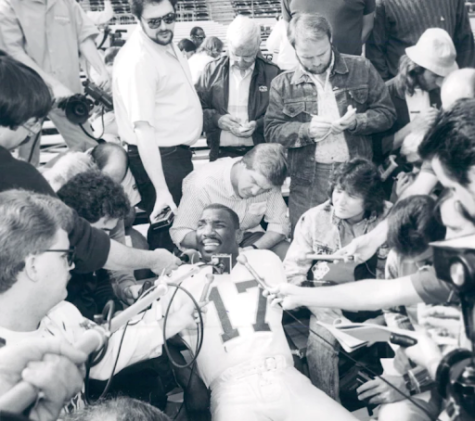
As with much of the American legacy, football and the N.F.L. have a lot to grapple with. Many would likely argue that the historic moment of two Black quarterbacks facing off in the Super Bowl should have occurred decades earlier. Nevertheless, Mahomes and Hurts demonstrate the progress that has been made, and open the doors for others to follow them, just as Pollard, Raye, Williams, and Harris did before them.

Emmalina is currently a Senior at South Lakes High School and Co-Editor in Chief of the Sentinel. This is her 3rd year writing for the newspaper, and she...













